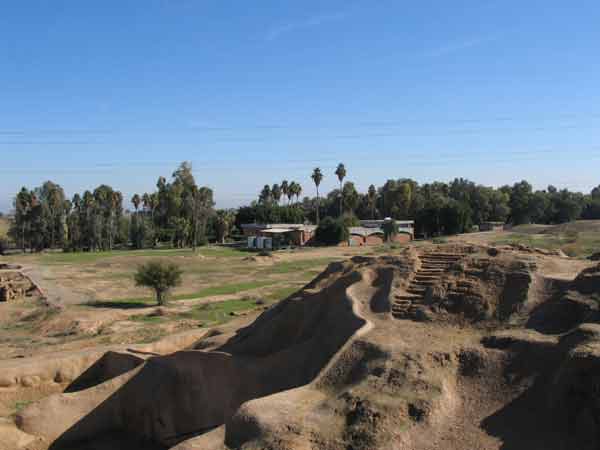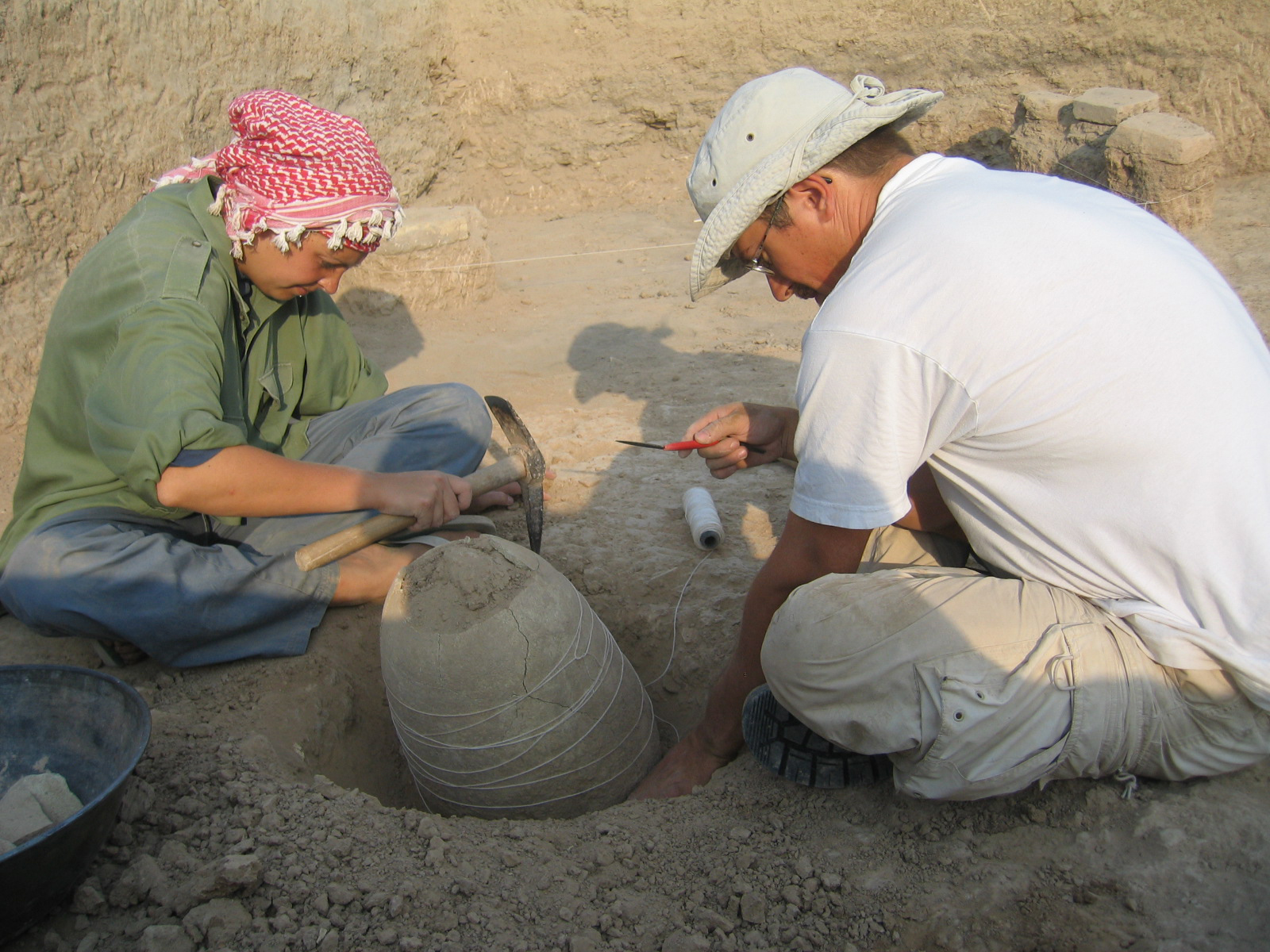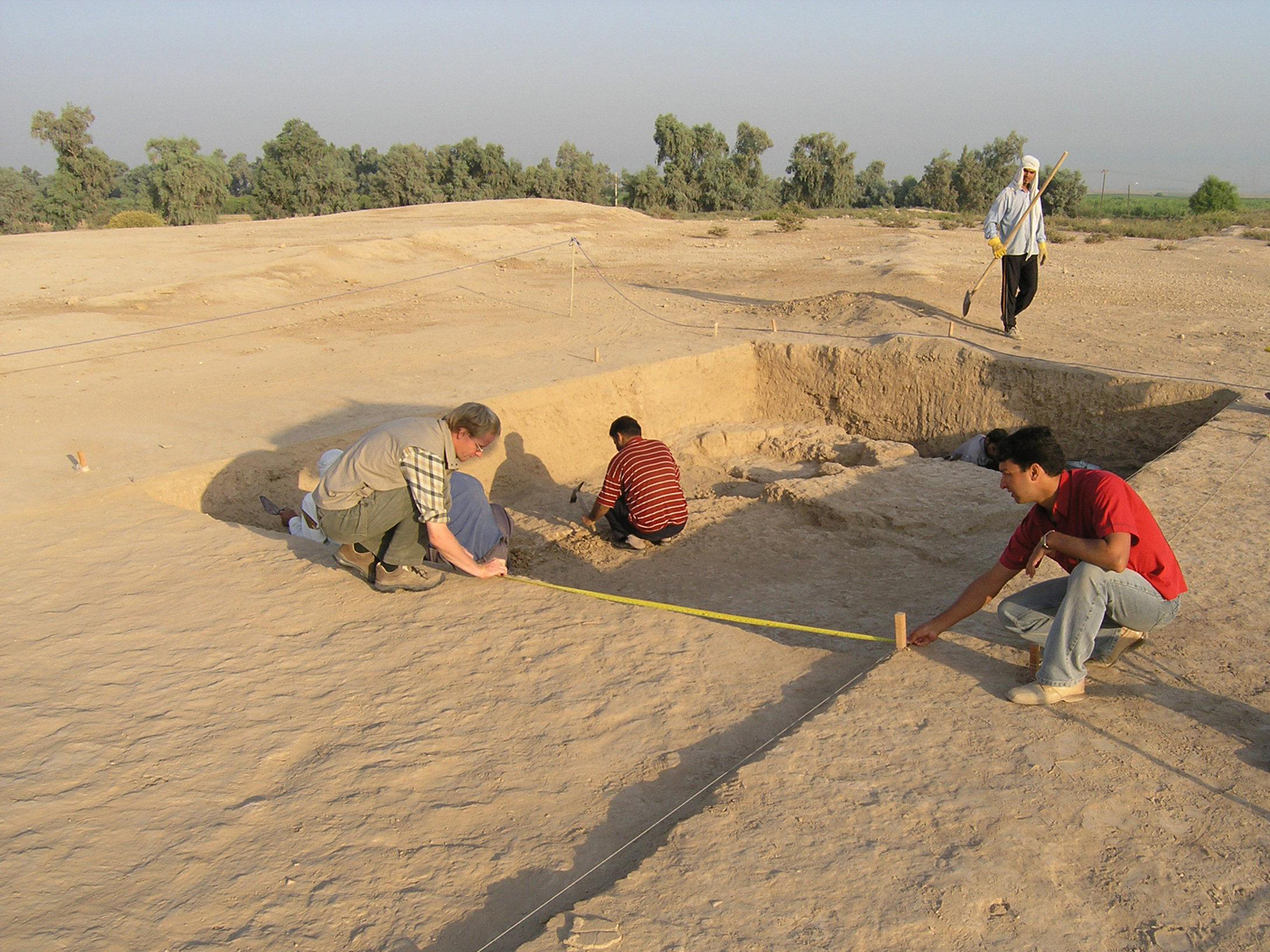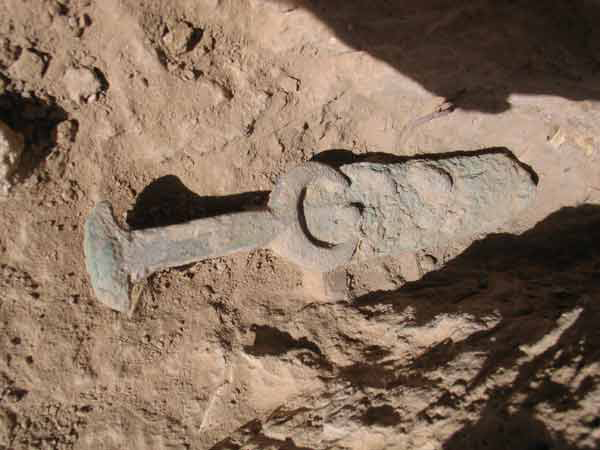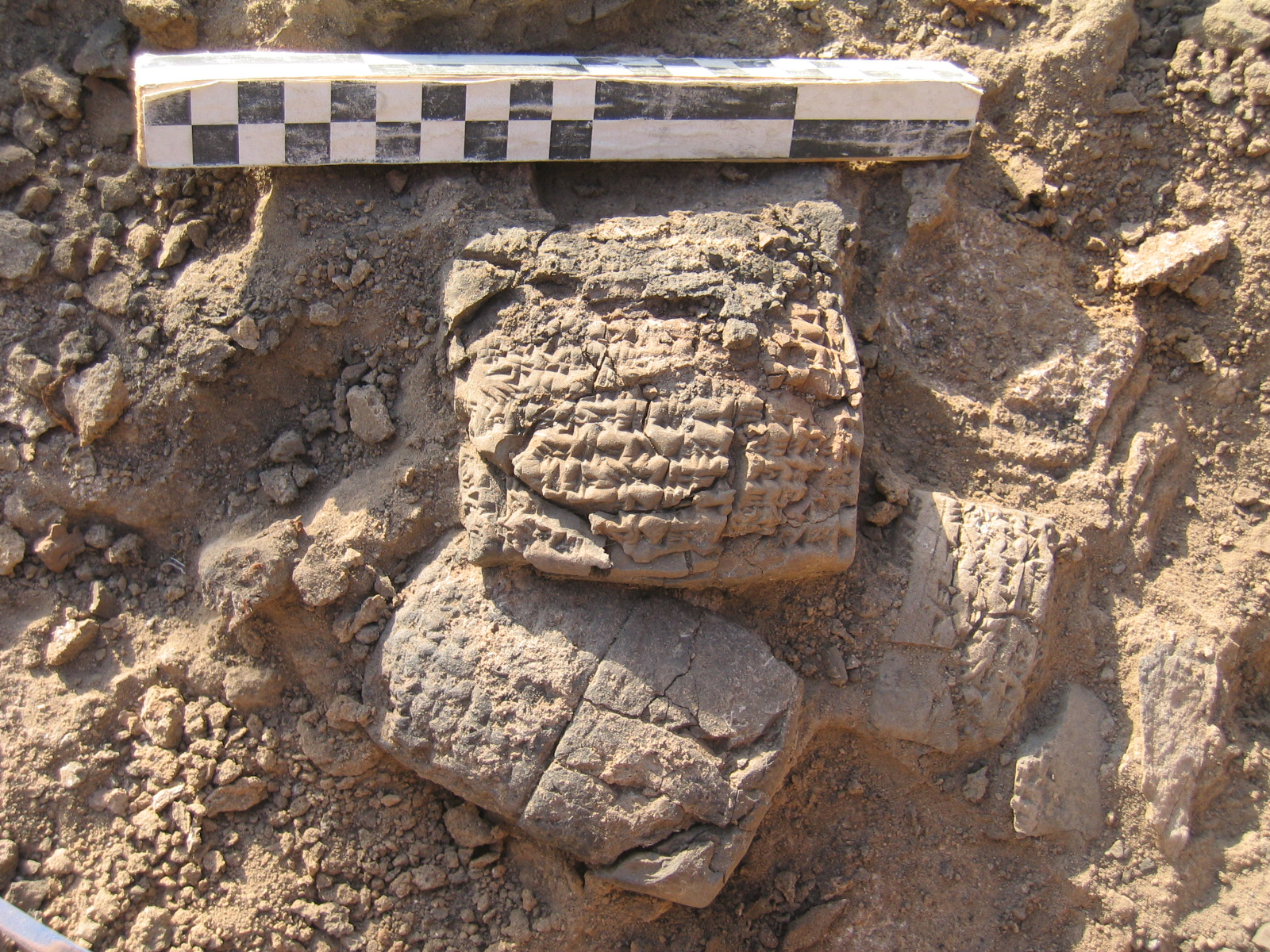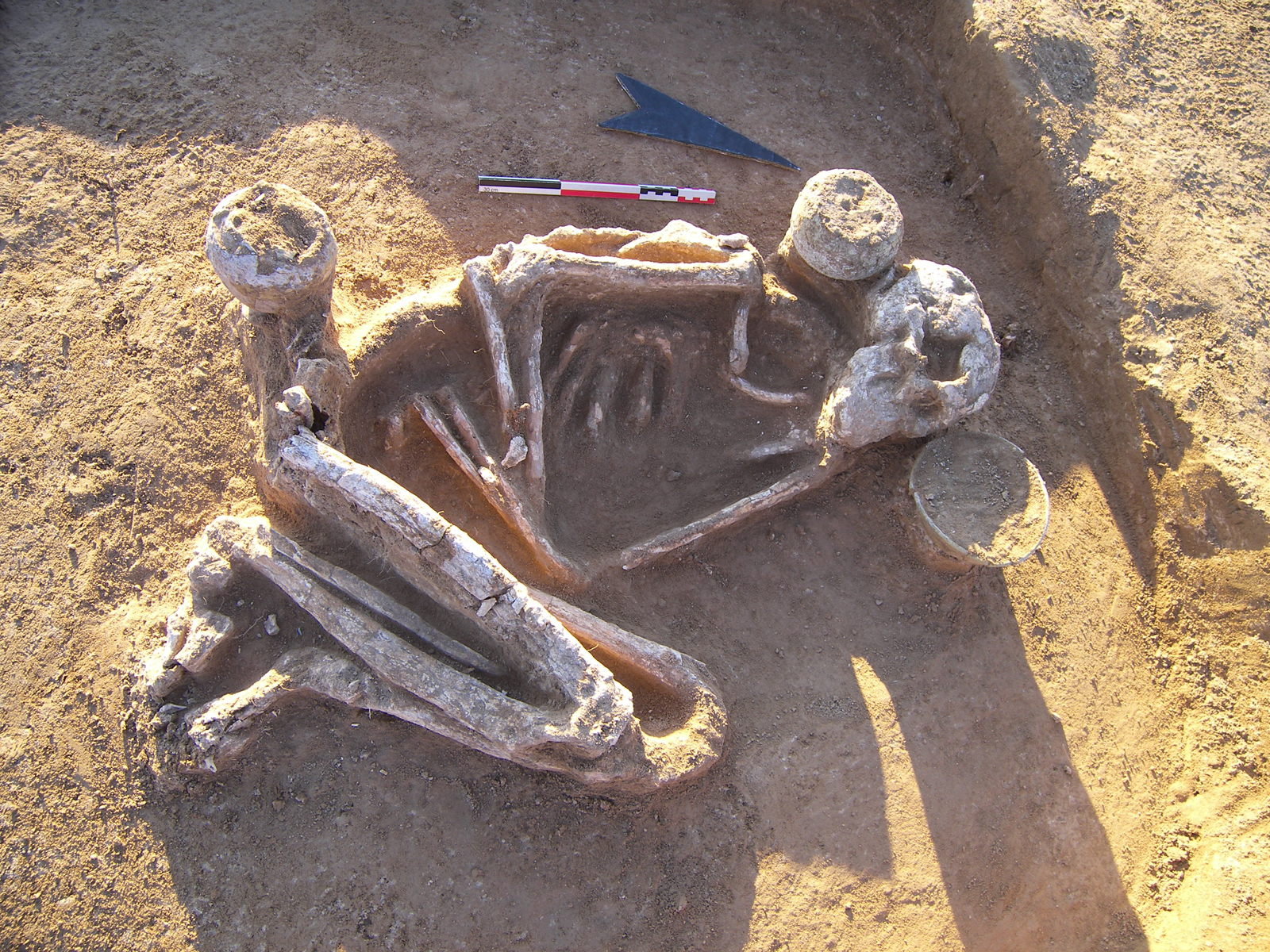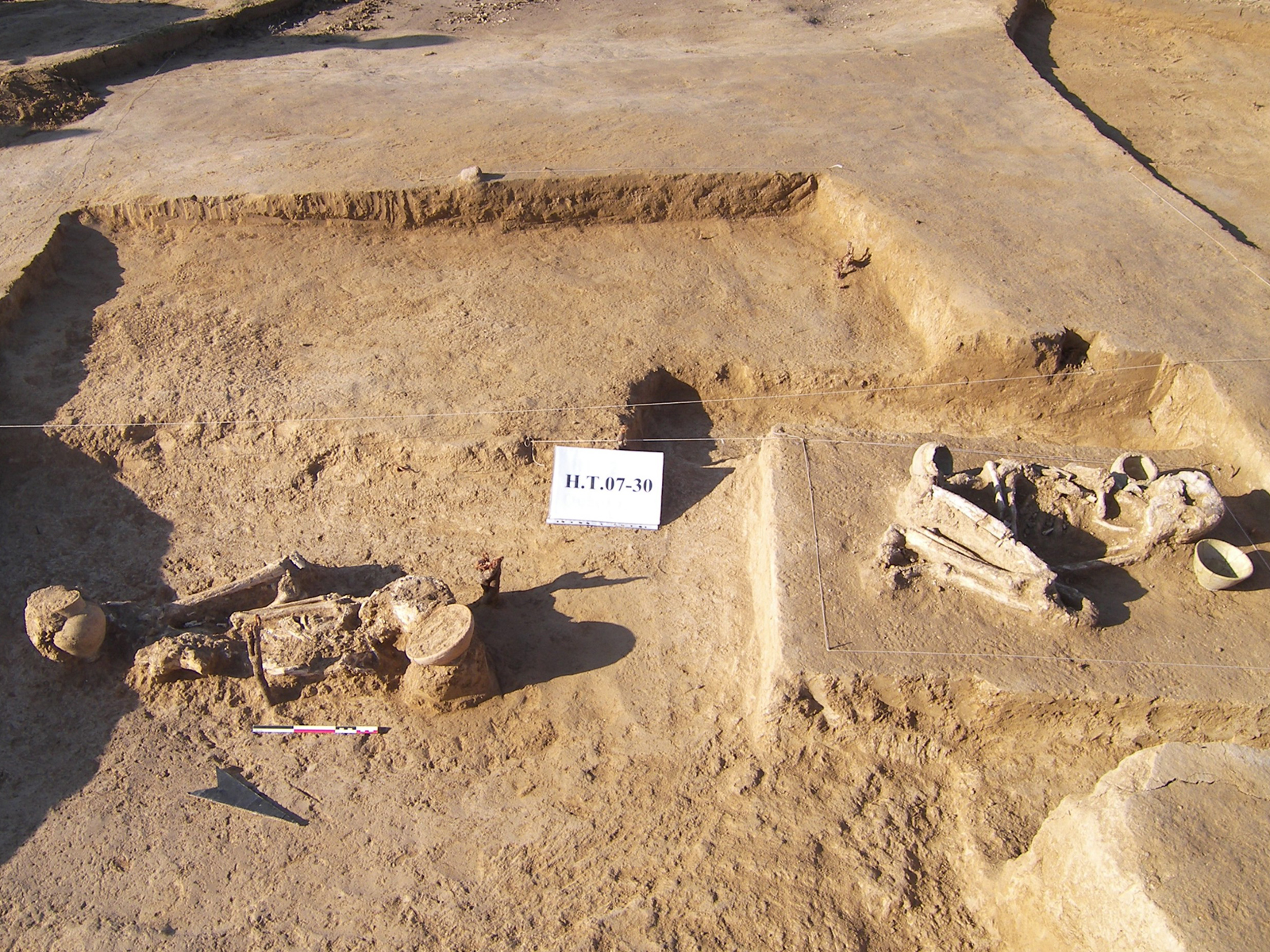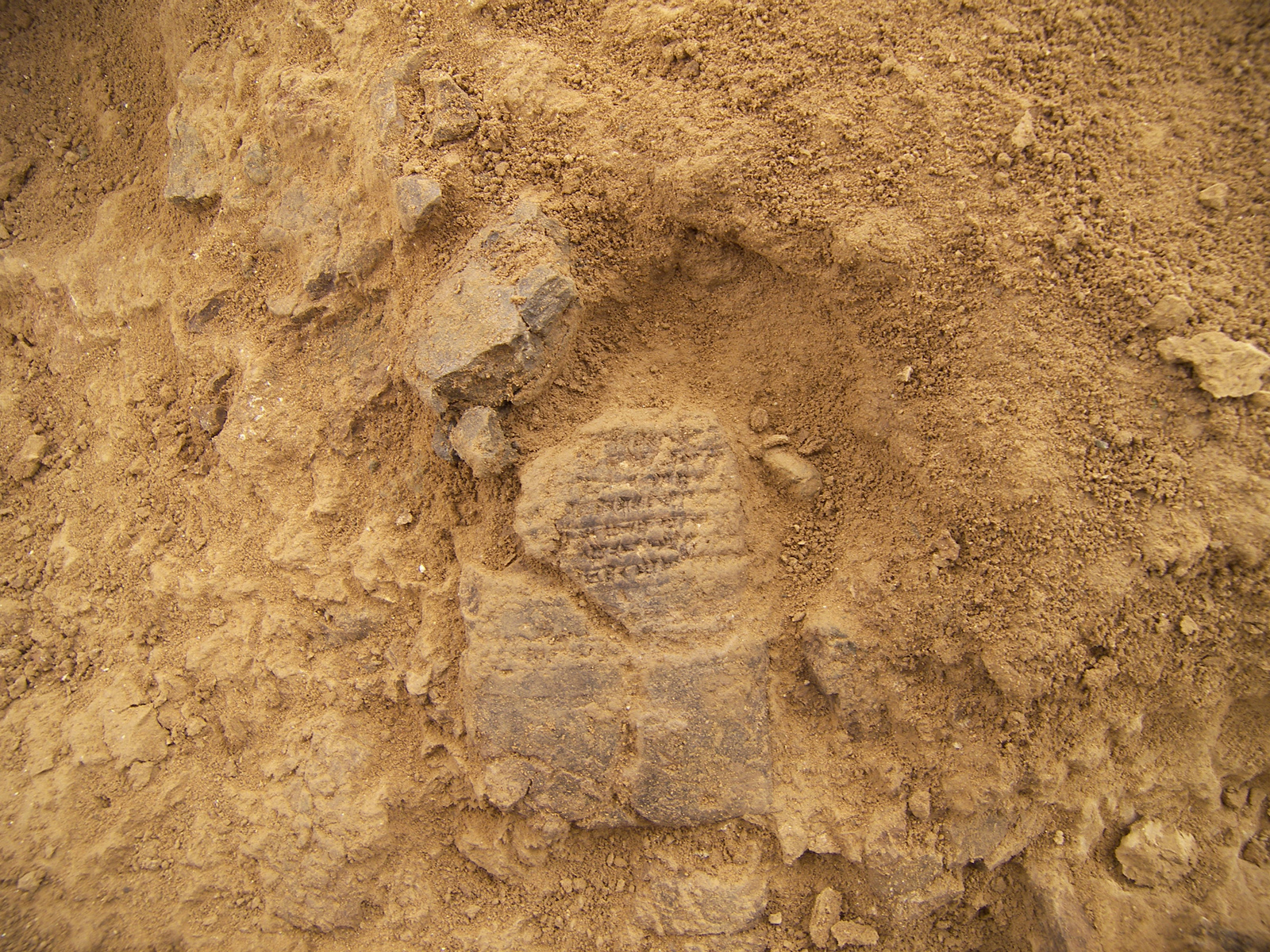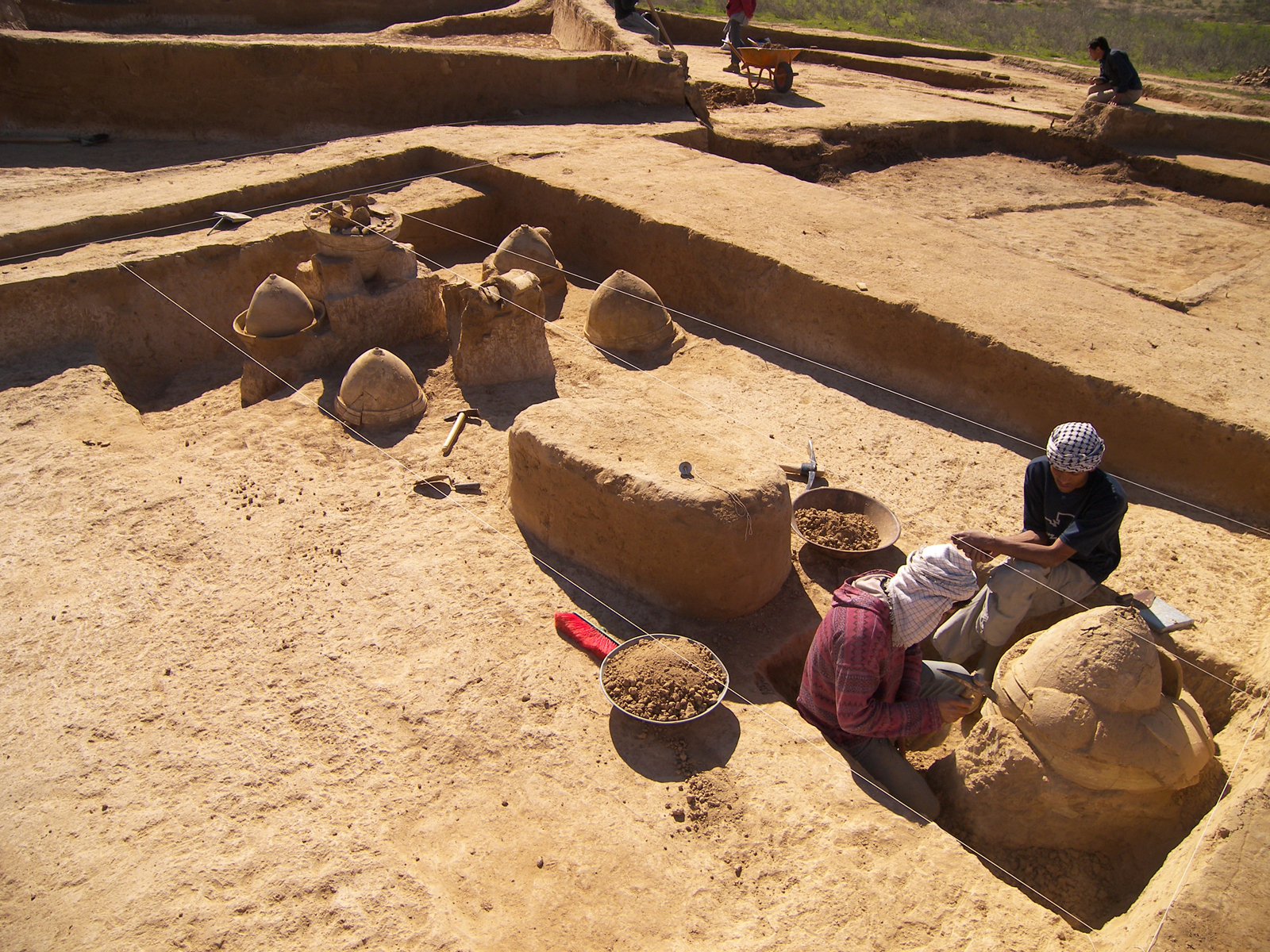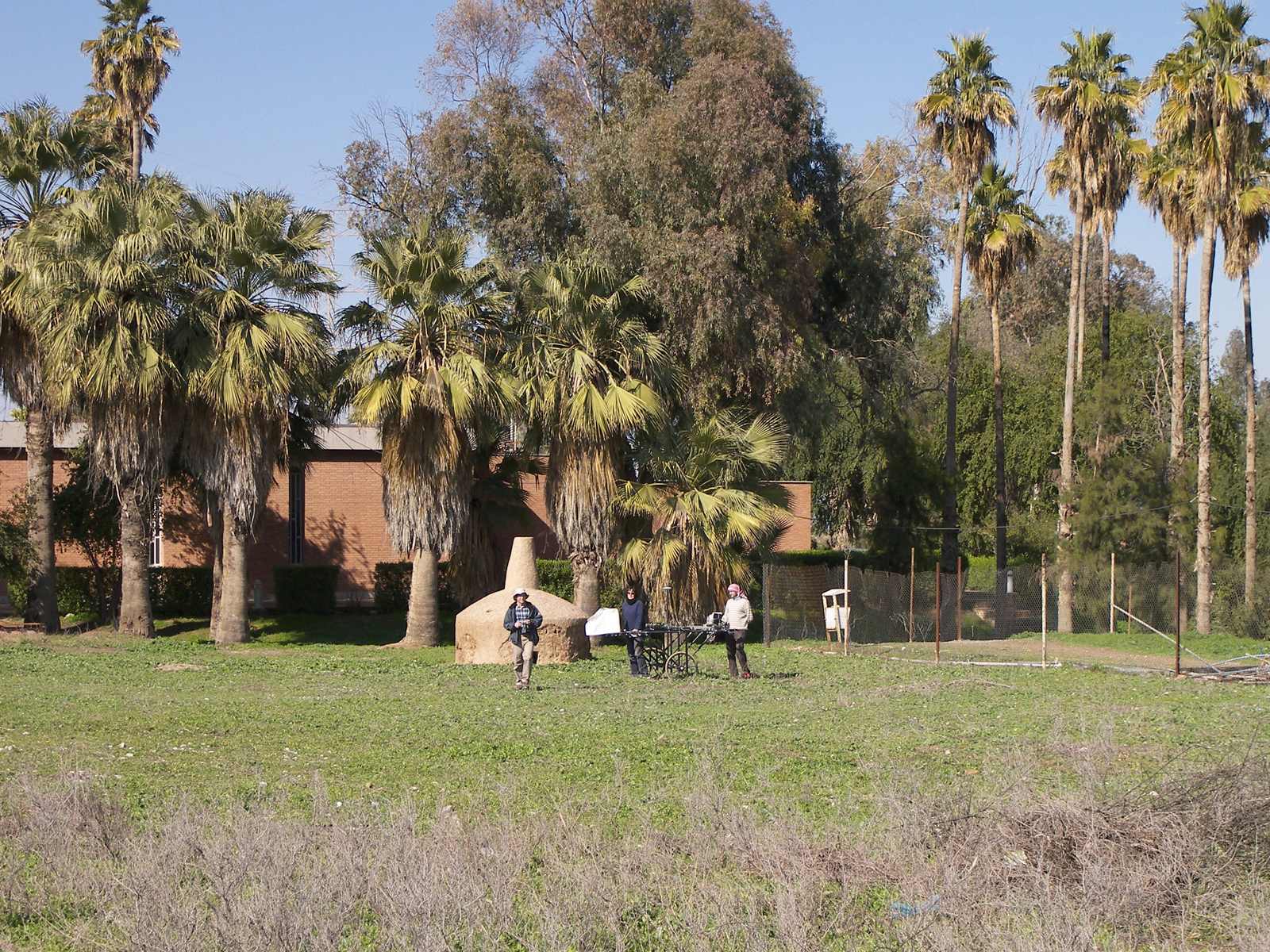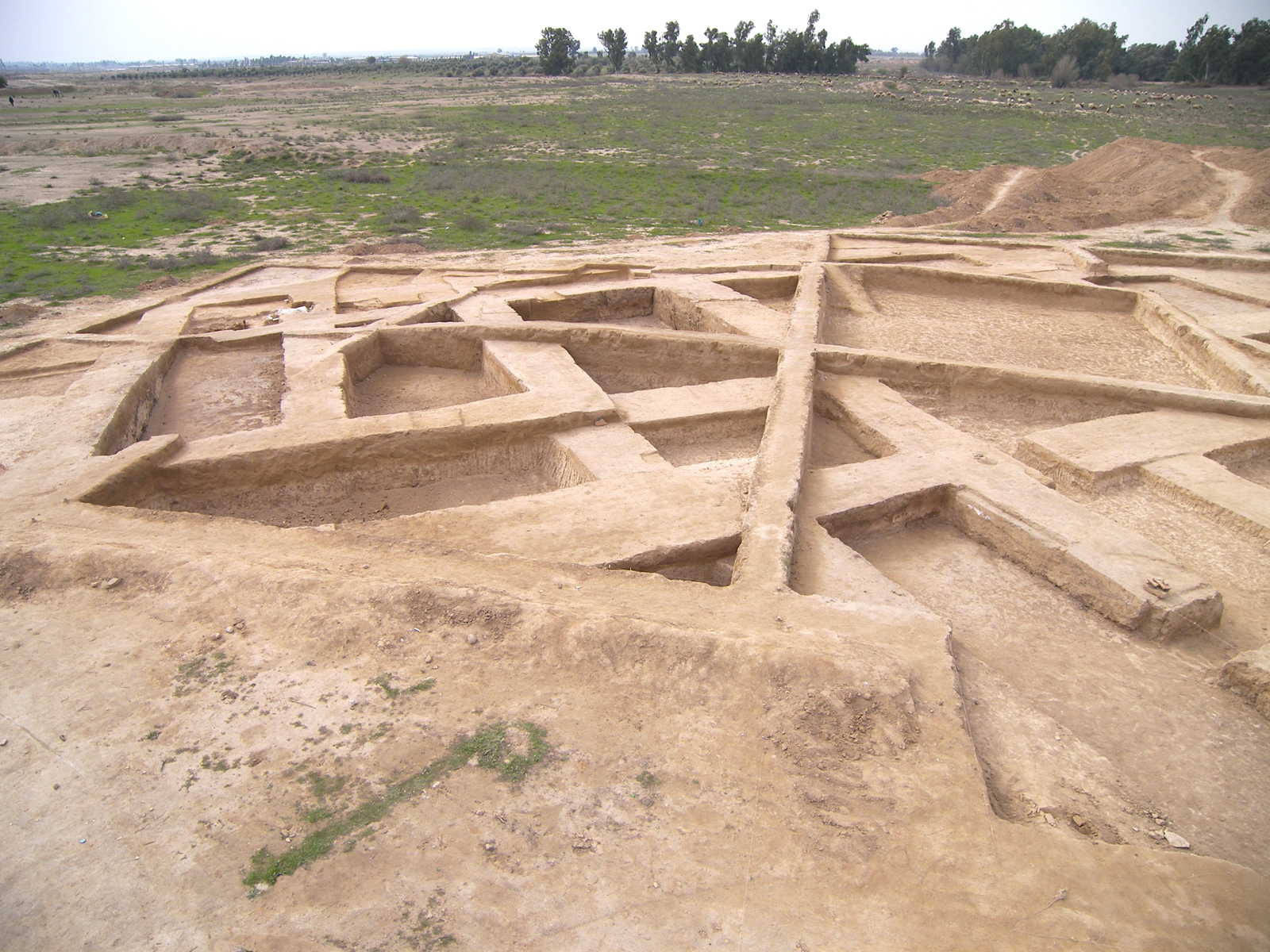Second archaeological excavation campaign in Haft Tappeh in southwestern Iran
15.12.2005
During an archaeological excavation in the ancient Haft Tappeh site in modern-day Iran, researchers from Johannes Gutenberg University Mainz (JGU) have discovered an archive room containing numerous clay tablet fragments. The researchers hope that decrypting the cuneiform text on the clay tablets will reveal important information about this important ancient Near Eastern site.
Based on a research agreement between Professor Eva A. Braun of the Institute of Egyptology and Ancient Near Eastern Studies at Johannes Gutenberg University Mainz and the Iranian Center for Archaeological Research, a second excavation campaign in Haft Tappeh in southwestern Iran started in October 2015. The project was funded by the German Research Foundation (DFG). Taking the work of the first campaign as their starting point and headed by Dr. Behzad Mofidi-Nasrabadi, the researchers and students of Mainz University and their Iranian colleagues jointly undertook additional excavations within the monumental structures of the ancient city of Kabnak, now known as Haft Tappeh.
Several areas of large administrative structures were examined and an archive room was discovered that contained numerous clay tablet fragments. The particulars of the find suggest that the clay tablets were stored on reed and wood shelves. Several buildings of the city were destroyed in the course of a violent conflict during which the archive room in question was burnt down. However, the rubble and ashes that had covered the half-burnt tablets ever since preserved them until their recent discovery. The tablets contain inventory lists in cuneiform script in the Akkadian language. The texts are being deciphered by Professor Doris Prechel of Johannes Gutenberg University Mainz. The researchers hope that the cuneiform writings will provide detailed information on the purpose of the structure and the administration of this important ancient Near Eastern center.
